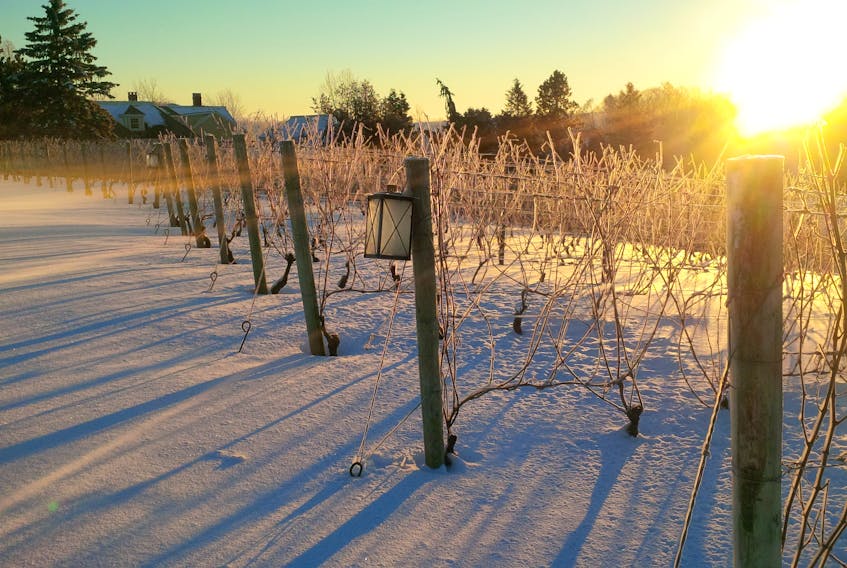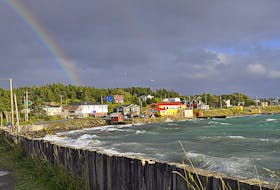Atlantic Canada produces some of the greatest wine in the country, and many people are familiar with the delicious red, white, and sparkling varieties released by vineyards across our provinces.
But there’s another very special variety some people may not be as familiar with: ice wine.
What exactly is ice wine? In the simplest of terms, it’s a dessert wine produced by grapes that have become frozen on the vine. And what better place to nurture frozen grapes than here on Canada’s East Coast? In fact, Nova Scotia boasts the ideal conditions for ice wine production, which is why numerous vineyards in the Annapolis Valley create such delicious wines.
In order to successfully harvest grapes for ice wine production, the grapes need to be naturally frozen on the vines and the temperature must be -8°C or colder at the time of harvest. Not only are day-of temperatures crucial to the process, but the days leading up to the harvest must be very cold as well to ensure the grapes are frozen solid on harvest day. This typically happens at the end of December into early January, and harvests take place in the middle of the night before the sun rises and temperatures increase.
Nova Scotia’s weather patterns are conducive to ice wine production not only because of the necessary cold temperatures for harvest, but due to the moderate, cool climate throughout the rest of the growing season. This allows the flavour development to occur over a longer period of time, meaning the grapes retain more of the natural acidity needed to balance the sweetness.
After the grapes are harvested, they are pressed immediately, yielding a concentrated juice packed with sweet flavour. Next, yeast is added to begin the fermentation process which takes a week, as opposed to days for standard varieties of wine.
Stay tuned for our second Ice Wine feature where we chat with Oenologist Jürg Stutz, of Grand Pré Wines Ltd.
- Want more weather information? Visit your weather page.
- Have a weather question, photo or drawing to share with Cindy Day? Email [email protected]









